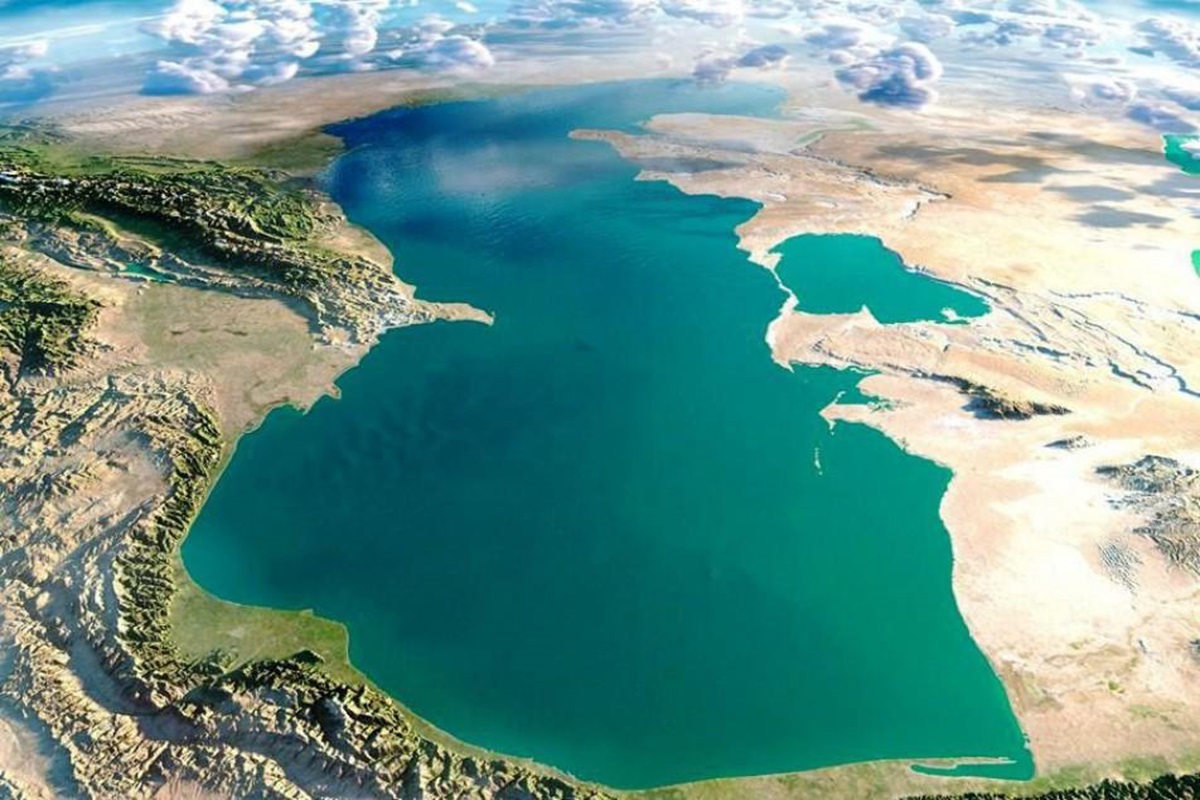The cosmic web is a big part of how the universe is structured. It is made up of dark matter, gas, and galaxies. When we look at the universe, we see that galaxies are not just scattered randomly. They are organized in a way that scientists call the large-scale structure of the universe. The cosmic web is a key part of this structure.

In simple terms, the cosmic web is made up of three main things: dark matter, gas, and galaxies. Dark matter is the most abundant, making up about five-sixths of the cosmic web. Dark matter doesn’t interact with light, but it has a strong gravitational pull. It acts like a framework for galaxies and clusters of galaxies to form. The other part (one-sixth) of the cosmic web is made of regular matter: baryons like protons and neutrons, and electrons. This matter exists as intergalactic gas or as the stuff in galaxies, like stars, gas, and dust.
The gas in the cosmic web can be hot or cold, depending on where it is. The gas in galaxy clusters is usually very hot, reaching temperatures of tens of millions of degrees. Scientists call this intracluster gas or the intracluster medium (ICM). The ICM gives off X-rays that scientists can observe. It helps us understand how mass is spread in clusters and the history of how clusters formed. The ICM also affects how galaxies evolve in the cosmic web. It can take gas away from galaxies, stopping new stars from forming.
On the other hand, the gas in the filaments of the cosmic web, connecting galaxy clusters and superclusters, is usually colder, ranging from thousands to tens of thousands of degrees. This gas is known as the warm-hot intergalactic medium (WHIM). It’s challenging to observe the WHIM directly because it’s not as hot or dense as the gas in the ICM. The light it gives off doesn’t travel far in the universe before being absorbed. Still, scientists think the WHIM is an important part of the matter in the universe. It might also be crucial for helping galaxies grow by providing fuel for new stars to form.
Galaxies are found in clusters and superclusters, and they are part of the cosmic web. Throughout their existence, galaxies interact with the gas in the cosmic web. Gas from the web falls into galaxies, helping create new stars. At the same time, gas inside galaxies is pushed into the cosmic web by things like winds from supernovae and active supermassive black holes. These interactions could be the key to understanding how galaxies change over time.








